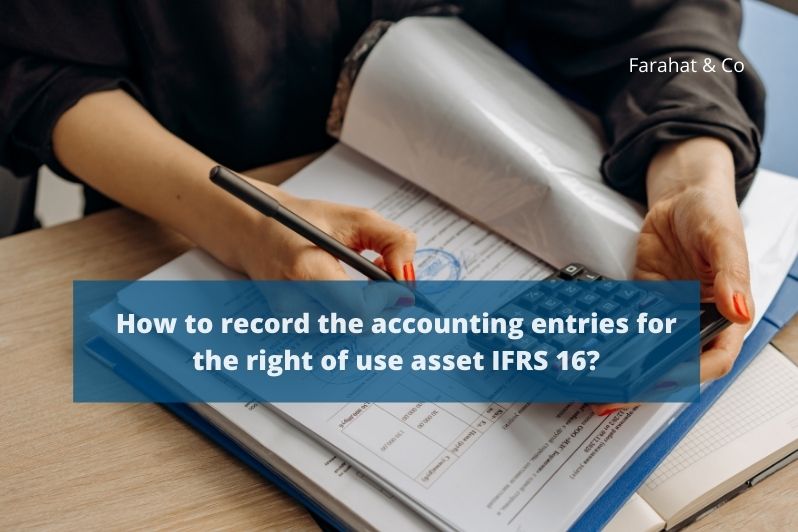Get to know the impact of IFRS 16 on your financial audit
If you are a Charted Accountant or a person who has a special interred vested in the financial reporting of leases, you must be aware of the IFRS 16. It was made effective from the 1st of January 2019, and it replaced the previously used IAS 17 leasing standards. The foremost visible change for audit is the accounting for the lease contracts. Under the IFRS 16, there is a single model approach preceding the earlier classification between operating and financial leases. There will be a single model adaption wherein the leases will report under the finance lease. It brings a direct component on the balance sheet, and it is called the “Right of Use” asset.
An excellent business environment in the United Arab Emirates allows companies to look for investing and financing options. It is common for audit firms in Dubai to find financing through leases as lease forms one of the significant parts of a company’s investment portfolio. The introduction of the IFRS 16 financial audit recognizes the Right to Use component as it will record as a financial lease on the balance sheet. It will represent the value of the leased item and the present value of the least future lease payments. Whether conducting an internal audit or an external audit, the finance team must comply with the new IFRS leasing standard.
Before moving towards the accounting entries for the “Right of Use Asset,” there are two criteria where the IFRS 16 makes an exemption.
- If the contract value is Nominal, which is the threshold value.
- If the lease is less than 12 months or less
These can be used easily to classify older leases if they make an exemption; they must be recorded under the Right to Use. A contract must fulfill the following criteria to be classified as a lease. Click here to read about our audit services in Dubai.
-
- Identifying the asset: If your company-owned commercial space, under the IAS 17, it would be shown as an asset on the balance sheet, however under the IFRS 16, it is identified as a “ Right of Use” component. Hence the contract must explicitly state the asset and mention its capacity and distinction. The lessor holds the right to substitute the asset if the lessor owns it, or at least for the lease period.
- Economic Benefits: The economic benefit should arise from the leasing activity, by-products or output the use of the asset and not from its ownership. The company has to make financial benefits from the use of the asset.
- Lessee is in control of the contract: The Lesses decides the period and the conditions under the contract. It should be easily distinguishable from a service contract wherein the other party has a significant say in determining the terms. Click here to book accounting services in Dubai.
You may want to know
How to Record Accounting entries for Right of Use assets?
Once the asset is identified, the next step is to record the lease liability. Any lease liability denotes that an obligation to making lease payments. It is easily determined by
-
-
- The term of the lease
- Implicit rate of Lease
- Lease payment, i.e. measured by the present value of the future lease payments.
-
We proceed to register the Right to Use asset after separating the lease obligation; under IFRS 16, the leased asset is recorded under the Right to Use component rather than the asset itself. It determines the correct amount under which the RoU asset is worth. It consists of initial costs, lease prepayments and lease incentives.
Right of Use of asset= lease liability+Initial direct costs+prepayments-lease incentives.
For Example:
We have to show the following for RoU in an audit report
-
- 10-year lease
- The value of the lease is $40,000
- The rate of borrowing is 9%
- Initial Direct costs are $1,000


